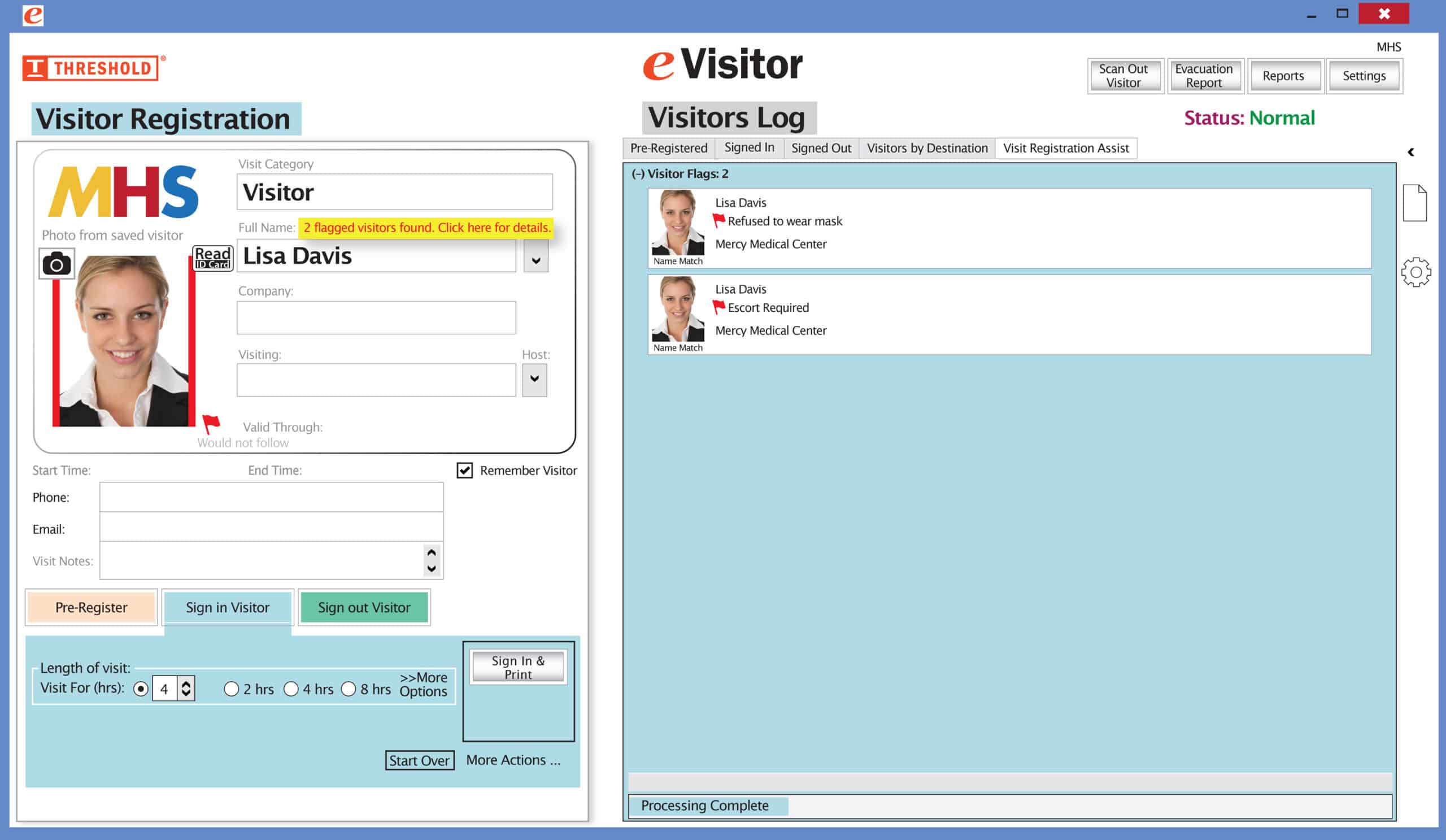It is possible to implement affordable security strategies to manage the flow of visitors into and out of office building settings. Providers of high-tech security solutions, which seem to always get the most attention, often try to sell you on all the bells and whistles they offer. The “newest and greatest” security systems, cameras, and access control systems continually get the most buzz.
But what if you don’t need or can’t afford the latest and greatest high technology security solutions?
There are numerous inexpensive tools and procedures that you can implement easily and effectively that will help improve the security of your office. If you don’t need and/or can’t afford high-priced security upgrades, here are some ideas that can help improve office building security without maxing-out your yearly budget. Some are inexpensive tools and some are simply security best practices that will help decrease the chances of an unfortunate event happening at your place of work.
Install an Electronic Visitor Management System.
An Electronic Visitor Management System (VMS) is used to sign in and track visitors who come to a facility. A VMS is a great way to document who comes into your building, is an efficient way to manage visitors, and provides reporting and data analysis of visitor activity. As the tool has evolved over the years, the cost for purchasing a visitor management system has gone down. This surprisingly affordable security tool can cost as little as $1,200 – $2,000.
Instruct your visitors to wear badges while on the property.
Visitor badges are the output from the visitor management system mentioned in (1), above. The visitor badge should, at bare minimum, contain the visitor’s name, picture, who/where they are visiting, and the date and time they arrived. For extra security, time-expiring visitor badges change color overnight to prevent reuse in the future. The color change is a helpful visual indicator that a visitor should be questioned about their presence in the building. This extra level of security ensures that badges don’t have to be retrieved at the end of the visit, and staff and employees don’t have to wonder about any given person’s presence in the building.
Don’t leave building guests unsupervised.
This would include any type of office guest: clients, vendors, contractors, maintenance personnel, employee’s family, etc. Visitors should be welcomed at the office entrance and then escorted to where they need to go. After their visit is complete, they should be escorted to the exit. Never let anyone wander the building by themselves.
Have one main entrance and keep other entrances locked.
It’s important to ensure that uninvited or unannounced guests can’t enter the building. The best way to do this is by funneling all visitors through one entrance and keeping all other doors locked specifically with deadbolt locks. You can also use various types of electronic locks that can be unlocked only with appropriate key card or RFID (radio-frequency identification) tags. Every lock, regardless of type, can be easily connected to any alarm system that you have installed.
Place security cameras within and outside of the facility.
Security cameras on the outside of an office building are a prudent idea. Strategically placed cameras will maximize the view of each door and other areas of access. Security cameras within the facility don’t need to be as all-encompassing as the exterior (depending on your type of business), but at least one should be placed to monitor the lobby.
Instruct employees to keep their computers, desks, and offices locked when unoccupied.
When employees step away from their desk or office, they should be taught to lock their PCs, and their offices, and keep classified materials off of their desks. Shred confidential papers once they are no longer needed. If windows can be opened during the day, protocols to secure all windows at day’s end should be a part of any building owner’s security plan.
Don’t allow employees to work alone at night.
If you, co-workers, or other personnel have to stay late at work, ensure that no one works alone. In the instance that it is unavoidable, emphasize the importance of keeping the office doors closed and locked while working alone.
Keep the parking lot and building exterior well-lit at night.
Provide proper lighting to areas of the office campus where employees have to walk, such as the parking lot. During the winter months, it can get dark outside before the typical business day ends. In addition, those winter months can lead to hazardous sidewalk conditions if any precipitation (rain, snow, or ice) has fallen. A well-lit, clear walkway will help people stay safe.


